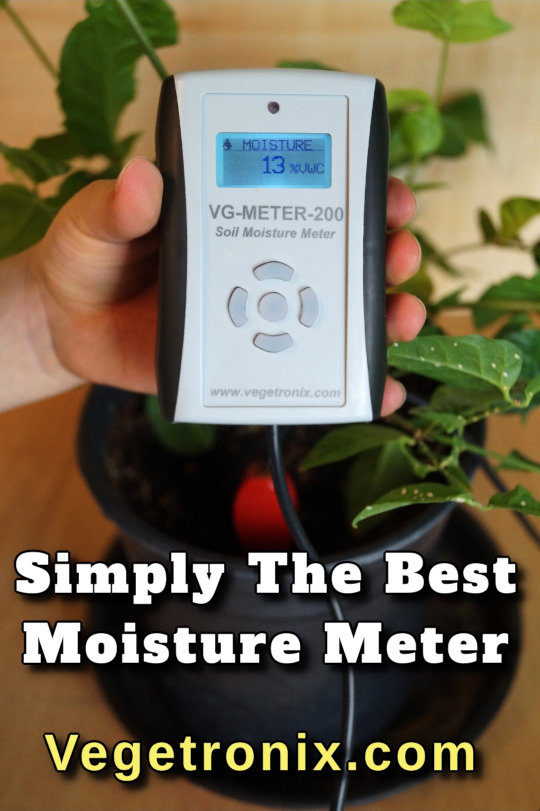Duckweed Aquaculture Tutorial - Vegetronix
Duckweed is a quickly growing aquatic plant that grows on the surface of ponds of nutrient rich water. With the exception of an ocasional flower duckweed has no specialized structures such as leaves, stems or roots. The entire plant consists of an ovoid fond.
They belong to the botonical family of Lemnaceae with the 4 genera of Lemna, Spirodela, Wolfia, and Wolf-fiella. Spirodela are the largest with fonds as large as 20 mm across. Wolfia are only 2mm or less. Lemna are 6 to 8 mm across.
Duckweed is of such great interest because of its rapid growth, ability to purify nitrate rich water, and because it is edible for livestock.
Why Duckweed is Important
- Duckweed can double its mass in 24 hours under ideal conditions.
- The yield per hectare is 80 tons per year, and 32 tons per year per acre.
- Duckweed can have as much protein as soy beans.
- Duckweed makes an excellent feed for poultry, and fish, including tilapia.
- It is the smallest of all flowering plants.
- They have as little as 5% fiber with the rest of the plant consisting of nutrients.
- Can be used to treat waste water.
How to Cultivate and Harvest Duckweed
- Duckweed should be cultivated in a pond sheltered from wind.
- Duckweed needs a constant supply of organic or mineral fertilizers, or fish wastewater from aquaponic systems.
- The rate of growth of duckweed is reduced from overpopulation, competiton form other plants such as algae, lack of nutrients, extreems of Ph or temperature.
- In cold weather duckweed sinks to the bottom of the pond, and lay dormant until the temperature returns to a favorable level.
- Duckweed can be dried to 10% moisture and stored for up to 5 years.
- When used as feed it is best if it is mixed with other feed.
Nutritional Value of Duckweed
- The water content of duckweed is 92 to 94%.
- Duckweed has high levels of the essential amino acids lysine and methionine, similar to animal protien.
- Protein levels:
- Nutrient poor growing conditions: 15% to 25%
- Ideal growing conditions: 35% to 45%
- Fiber levels:
- Nutrient poor growing conditions: 15% to 30%
- Ideal growing conditions: 5% to 15%
Other Duckweed Resources
- Duckweed Aquaculture, by Paul Sillicorn, 1993, ISBN: 0-8213-2067-X
